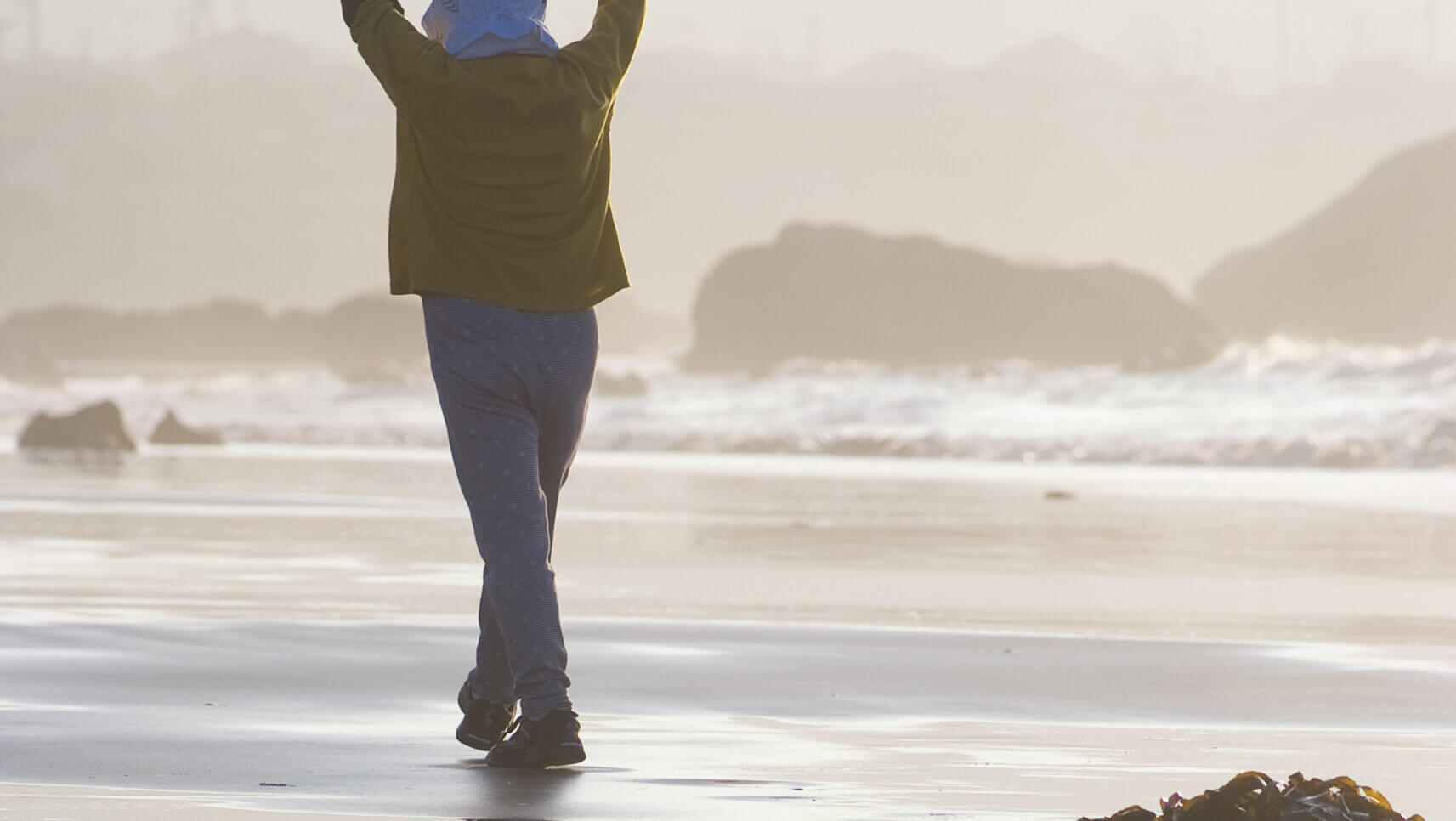Around the time, I’ve come to hear the word “stretching”, and I think stretching is more modern than the flexible gymnastics I used to do in the past.
With the shout of “1, 2, 3, 4, 5, 6, 7, 8”, the preparatory exercise that was being done with momentum is flexible gymnastics. This is called dynamic stretch. After warming up, it is a preparatory exercise to widen the range of motion of the joint by stretching before exercise. If you stretch slowly before sports competition, the contraction of the muscles will deteriorate and the jumping power will decrease, and the performance will decrease. In the stretch before exercise, the stretching and contracting movements will be repeated quickly.
Stretching after exercise is conscious of static stretching that slowly stretches muscles as “one, two, three … fifteen, thirty”. However, I often see people doing dynamic stretching as they shout “1, 2, 3, 4, 5, 6, 7, 8”.
The purpose of stretching is roughly divided into two. Pre-exercise stretching increases muscle flexibility and range of motion of joints to prevent injury. The point is to warm up your muscles by warming them up before stretching. Post-exercise stretching is essential for increasing muscle flexibility and quick recovery from muscle fatigue. Stretching is said to relieve muscle fatigue four times faster. Warm your body immediately after exercising or after taking a bath.
It seems that many people rely on stretching classes, but stretching is effective because it is done every day, and even if it is done once a week, it is not effective.
This WEB video also introduces the basic exercise that roughly stretches the muscles of the whole body, focusing on the area around the hip joint. Be sure to do basic stretching before doing any other stretching. The flexibility of the muscles and the strength to support the skeleton are always attached. Appropriate stress on the skeleton by stretching is also effective in building strong bones. Collagen and calcium alone are not enough to prevent osteoporosis and require exercise.
About stretching disorders
Stretching is an exercise that stretches muscles and increases flexibility, but muscles have the property of trying to contract when stretched, the property of stretch reflex. In static stretching after exercise, it is important to prevent this stretch reflex from appearing. Therefore, do not stretch with bright momentum such as “1, 2, 3, 4, 5, 6, 7, 8”. Slowly stretch your muscles and count for 15 to 30 seconds. If possible, repeat 2 sets. Basically, start from where you can easily do it, the first set is light, and the second set is a little deeper.
The secret of stretching is “If you are good at the easy part and feel that you don’t like the hard part, stop it.”
Stretching is effective and gives you more flexibility because you do it every day. Daily stretching gives you 3% more flexibility, but it is said that if you do nothing a day, you will get 12% back. If you fall asleep for a day due to a cold, your body will squeak the next day. However, what is worrisome at this time is that stretching disorders are increasing in classrooms whose main purpose is stretching.
The symptom of stretching that damages joints and muscles is called stretching disorder, but it is often seen in people who do it once a week instead of every day. When I go to the classroom, the teacher trusts the students, so I start trying to teach the best students what is more difficult than last week, such as “Did you do it every day?” Or “Yes.” Students try to keep up with them even if they don’t do it every day.
Especially in group lessons with multiple people , strange intentions such as
“My neighbor, I ‘ll do it” and
“I can’t lose ”
will cause stretching problems.
Stretching should be comfortable for you. If you feel pain in your joints or more than you feel in your muscles, don’t overdo it. When teaching people, be careful not to provoke “How can I do this?”
The secret of stretching is “I’m good at easy things and appropriate for hard things. If I don’t like it, I stop.” As with the sotai method, if you do the easy direction firmly, the tight direction will naturally become easier.
Increasing muscle flexibility has a great effect on promoting fluid circulation, and more and more teachers are recommending stretching for the prevention and treatment of adult diseases such as diabetes, hypertension, and rheumatism.
“Curing is a cane that doesn’t fall” Let’s stretch for 10 minutes every day.


